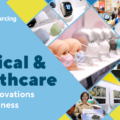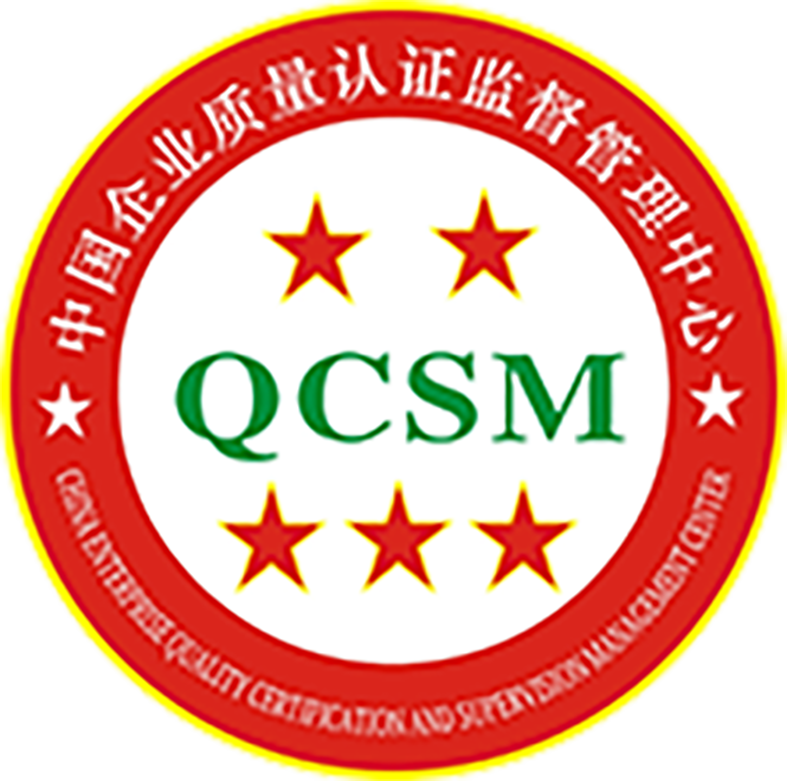The healthcare industry continues to face a multitude of challenges even though the extremity and urgency of the pandemic have slowly faded out. From reducing the impacts of future outbreaks to identifying potential gaps within the healthcare system and improving the overall wellbeing of the public, the sector is constantly finding new ways to develop and innovate. Above all, since the pandemic outbreak, the World Health Organization (WHO) and world leaders have all recognized the importance of expediting healthcare development.
With the healthcare sector being one of the main focal points of global policies, it is no surprise that the industry is expected to develop considerably in the upcoming years. In 2024 alone, the healthcare market is forecasted to reach US$8,963.64 billion and grow at a Compound Annual Growth Rate (CAGR) of 7.4%. The market is projected to continue growing at a CAGR of 5.0% up to 2028.

1. Artificial Intelligence (AI) in Healthcare
Like many industries in the world, the use of Artificial Intelligence (AI) has also revolutionized the healthcare sector. Though developing AI for healthcare may be costly to build and set up in the short run, researchers from McKinsey and Harvard suggest that AI could save up to US$360 Billion annually in the US alone if appropriately used.
According to medical experts, one of the main focuses of AI in healthcare will be helping to identify and analyze medical conditions. The diagnostic process of medical imaging (such as X-rays, CT scans and MRI scans) has always been time-consuming for medical professionals. Not only is diagnosing conditions a tedious process, but the diagnostic process is also prone to errors. AI has been found effective in quickly identifying diseases and flagging suspicious images for doctor’s further examination, which helps save time and allows for the early detection of diseases.

Apart from providing diagnostic support, AI is also expected to offer myriad other supports in healthcare – from recommending treatments to monitoring patients and discovering new drugs. Although the potential of AI use is limitless, ethical and privacy implications do arise with AI technology – which also brings rise to the importance of cybersecurity in healthcare.
Learn More:
2. Internet of Medical Things (IoMT) Continuing Strong
While IoMT has already been trending in recent years, this trend is forecasted to continue strong for 2024. From smart jewellery to pacemakers, IoMT in 2024 no longer just monitors individual primary health conditions. IoMT development has also led to wearable cancer detectors, insulin pumps, neurostimulators to communicate internal data, and vending machines offering contactless medical services or consultations.

Apart from wearables and set-up points, IoMT has also been integrated into drugs. ‘Smart pills’ – which are pills with sensors triggered by stomach acid can help to transmit vital health information to doctors and detect abnormalities from the inside, which can be more effective than just tracking information through wearable devices.
3. Augmented Reality (AR), Virtual Reality (VR) and Mixed Reality (MR)
Similar to AI technology, AR and VR have been making their way through various sectors in recent years. For the healthcare industry, AR and VR have been found helpful in reducing surgical complications and greatly assisting in medical education. Mixed Reality can allow student doctors to virtually conduct complex medical procedures, which may make it difficult for professionals to obtain real-life experiences on a day-to-day basis.
Reality-based technology can also aid decision-making, such as providing overlays of real-time patient data, test results and treatment recommendations in front of doctors – improving efficiency and reducing errors in daily healthcare situations.
4. Sustainability in Healthcare
Though healthcare and carbon emissions may not be seen as correlated, healthcare, in fact, has a greater carbon footprint than the aviation industry. Carbon emissions from imaging devices have been compared to gas cars, and energy uses from supply chains producing drugs and vaccines have been colossal.
With the environment at stake, businesses have been looking at potential ways to reduce carbon footprint without compensating results. Apart from using AI technology to help, companies have also been developing equipment that is more environmentally friendly and energy efficient. Authorities have also been looking at reducing transport-related emissions by introducing low-emission vehicles.
Bringing Healthcare to Life
For healthcare companies seeking to expand their operation or for businesses interested in the industry, keeping updated with the latest technology and products is imperative.
From 16-18 May 2024, HKTDC’s Hong Kong International Medical and Healthcare Fair is back again to provide the opportunity for buyers and suppliers to connect. This fair will cater to every healthcare need, from the latest wearable technology to telemedicine platforms and biotech.
Pre-register and explore today:
Visit our e-Marketplace for medical supplies as well:
[1] https://www.researchandmarkets.com/reports/5781185/healthcare-services-global-market-report
[2] https://www.pwc.com/us/en/industries/health-industries/library/healthcare-trends.html
[4] https://time.com/6227623/ai-medical-imaging-radiology/
[5] https://www.sciencedaily.com/releases/2024/01/240102174033.htm
[8] https://nursejournal.org/articles/breast-cancer-detection-bra/
[10] https://www.ncbi.nlm.nih.gov/pmc/articles/PMC10608758/
[13] https://www.england.nhs.uk/greenernhs/publication/delivering-a-net-zero-national-health-service/



















